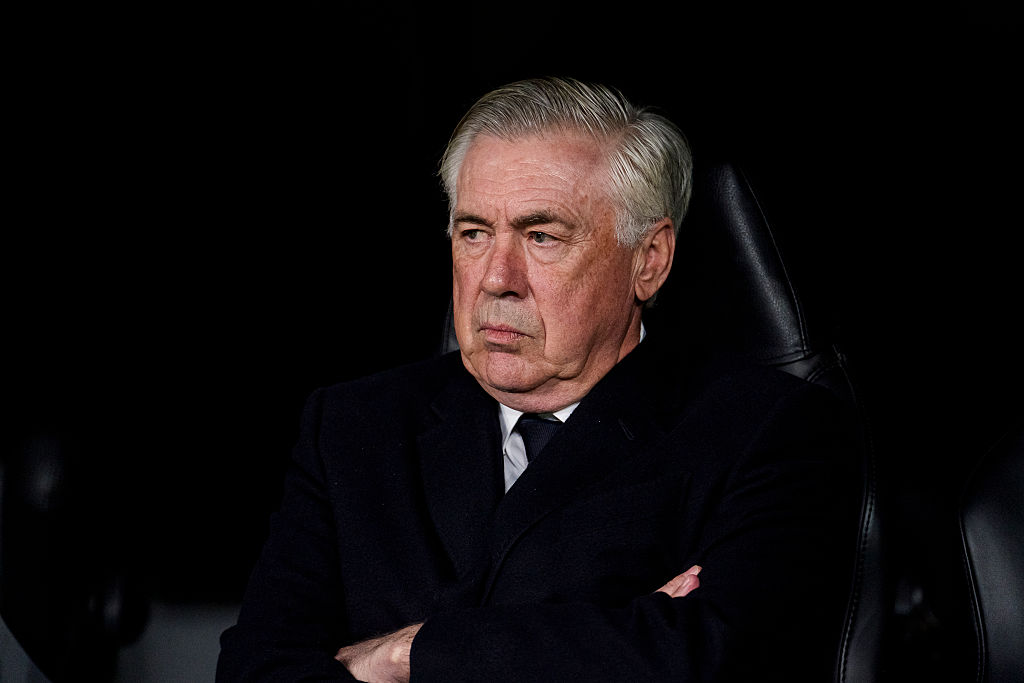9 big moves for English forwards that resulted in shock or awe – take note Danny Ings
Beware Danny Ings! That move to an English giant doesn't always go so smoothly. Here are nine big moves for England strikers that sparked fireworks or became damp squibs...
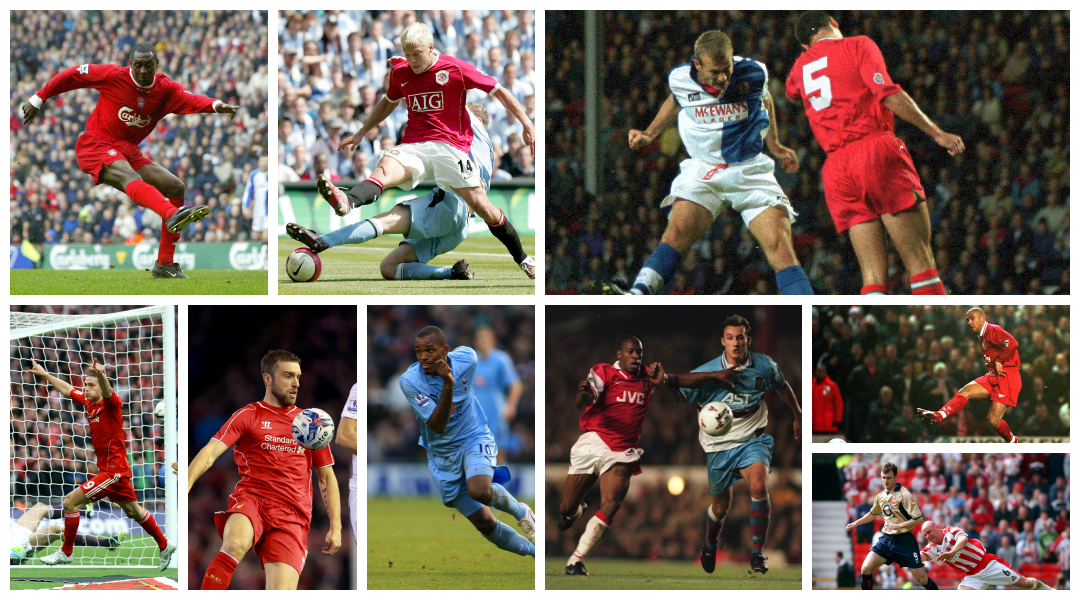
From Lottery winner Michael Carroll to Tony Montana in Scarface, the rags-to-riches tale as told through popular culture is generally a cautionary one. Danny Ings might want to take note, because the same rule often applies to Premier League football when a low-key striker – Ings being the latest – earns himself a giddily high-profile transfer, before paying the price in reputation and dignity. But for every few Montanas and Carrolls, there’s an Eliza Doolittle: a striker who takes to his newly upmarket surroundings like a duck to water and the goals continue to flow freely, no questions asked. Here's a run-down of nine English forwards from recent history whose big moves began a story of glory, horror, or something in between.
Ian Wright (Crystal Palace to Arsenal, £2.5m, 1991)
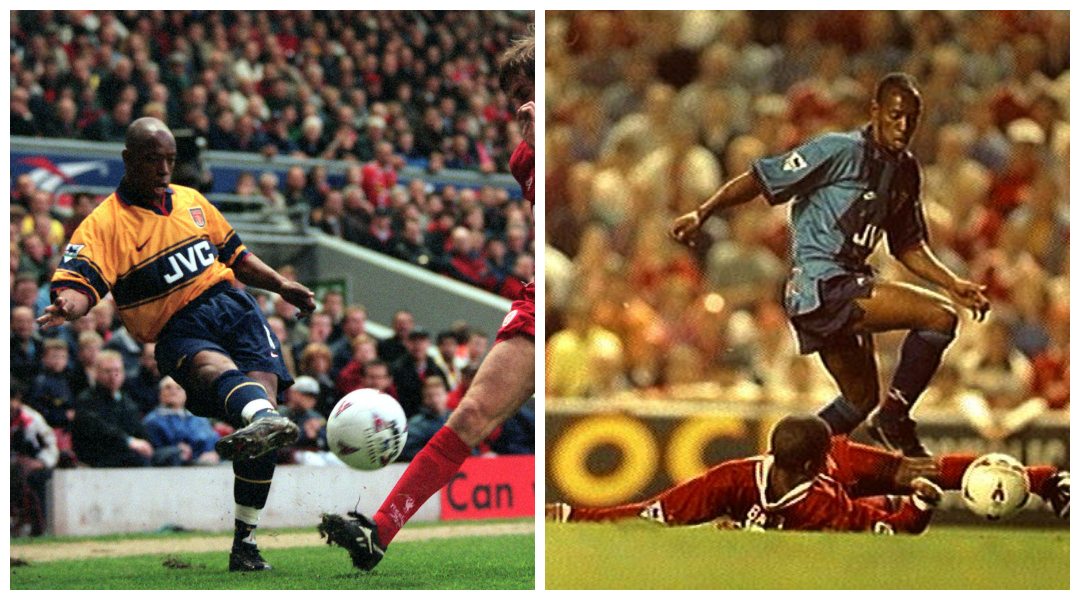
It bodes well for Ings that Liverpool have a rather romantic mini-tradition of fruitfully plucking players from lower-league clubs: Ian Rush (Chester City), John Toshack (Cardiff City) and Kevin Keegan (Scunthorpe United) were lured to Anfield and prvoed themselves very capable of making the step up.
Such rabbit-from-a-hat gaieties may, however, belong to a bygone era; the only wildly successful such example from the modern age occurred nearly three decades years ago. Ian Wright was playing amateur football and unable to even pay his parking fines when Crystal Palace took a punt on him in 1985. Six years, 100 goals and an FA Cup final brace later, Arsenal were suitably convinced to shell out a club record £2.5m.
It might have seemed a rash outlay for a player who was unproven at the very top and – rather staggeringly – just two months short of his 28th birthday, but the risk paid off abundantly: Wright wrote himself into Arsenal history with seven years’ service, 221 games and 185 goals.
Alan Shearer (Southampton to Blackburn Rovers, £3.6m, 1992)
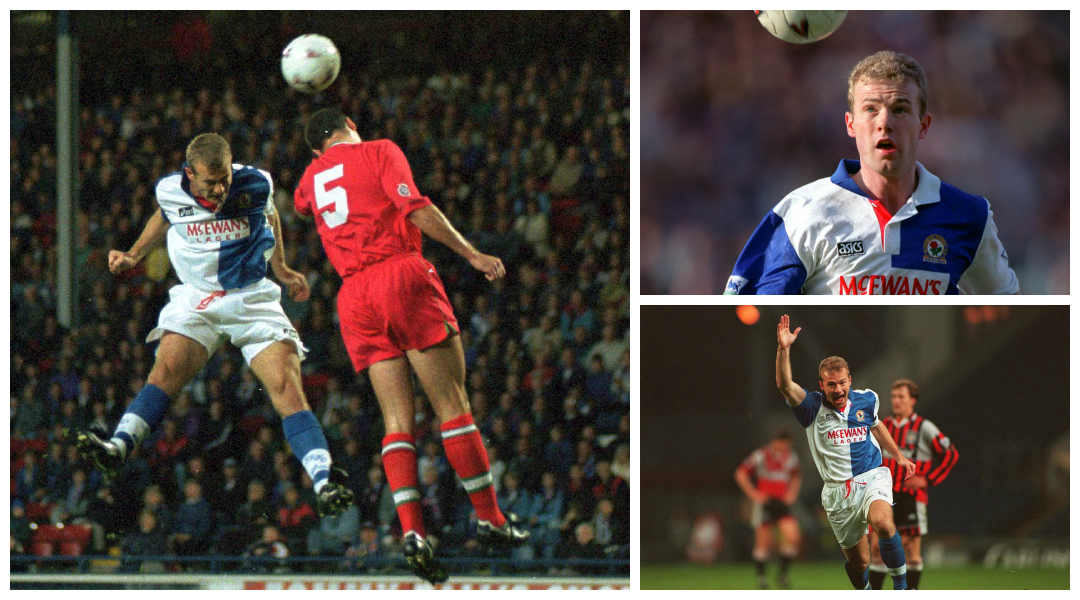
On paper, the 21-year-old Shearer’s move from The Dell to Ewood Park was a downward step – Southampton had just finished 16th in the soon-to-become Premier League, while Blackburn had been promoted into it. In reality, of course, it was anything but.
Get FourFourTwo Newsletter
The best features, fun and footballing quizzes, straight to your inbox every week.
Blackburn, propelled by the duel jet-engines of Shearer’s goals and Jack Walker’s chequebook, finished fourth in their debut season in the top flight, second in their second and first in their third.
They dropped to seventh the year after, but Shearer’s form remained unaffected: over his four seasons at Blackburn, he freewheeled his way to a frankly absurd 130 in 171 games.
Stan Collymore (Nottingham Forest to Liverpool, £8.5m, 1995)
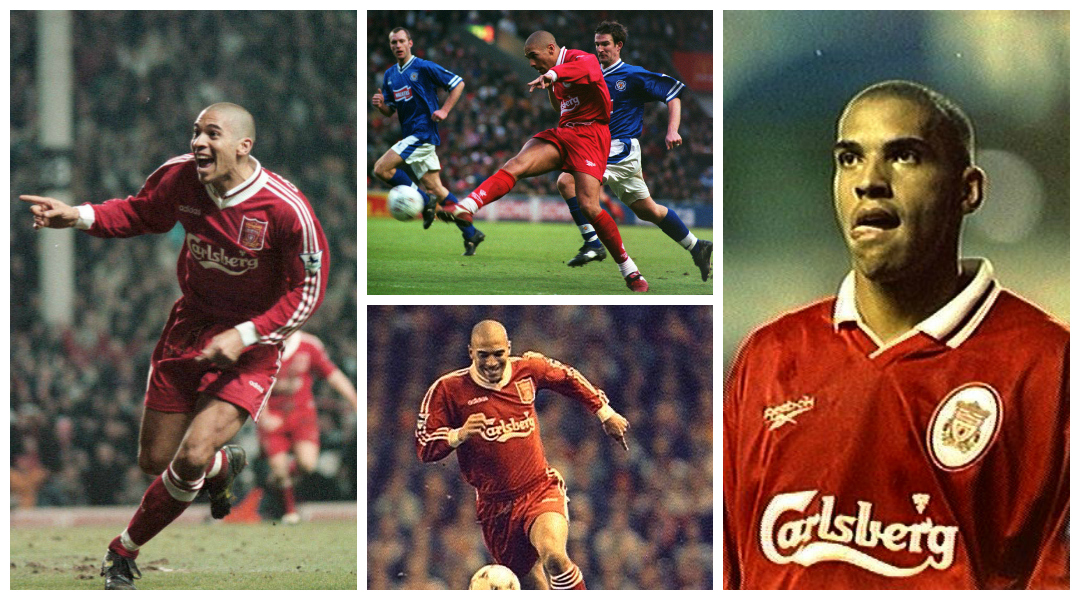
As with Shearer, Stan Collymore’s old club had just finished above his new one at the time he signed – Forest came behind only Blackburn and Manchester United in 1994/95 – but the profile of Liverpool and a British record transfer fee meant expectations were high for the Brummie, who had been playing for Southend United only two years previously.
In some ways, Collymore’s longstanding ‘flop’ tag does him a disservice, and if a player can be a qualified success then maybe we should term Collymore a qualified failure. His partnership with Robbie Fowler garnered 70 league goals in their two full seasons together, with Collymore’s winner against Newcastle in April 1996 planting the cherry atop one of English football’s greatest-ever cakes.
But two short seasons was not what the brains of the Boot Room had in mind when they masterminded the country’s most lavish acquisition – nor for a player who, when liberated from his own burdens, was genuinely one of the most complete centre-forwards English football has ever produced. Sinewy strength, lung-bursting pace, the ability to score long-rangers, tap-ins and headers, to drop off or to lead the line: Collymore’s repertoire was extensive indeed.
When that contract was signed in 1995, many envisaged silverware, triumph and enduring glory for player and for club. Instead, Collymore became an emblem of Liverpool’s slow, steady decline, and within a couple of years he was out the door and being managed by John Gregory.
Francis Jeffers (Everton to Arsenal, £8m, 2001)
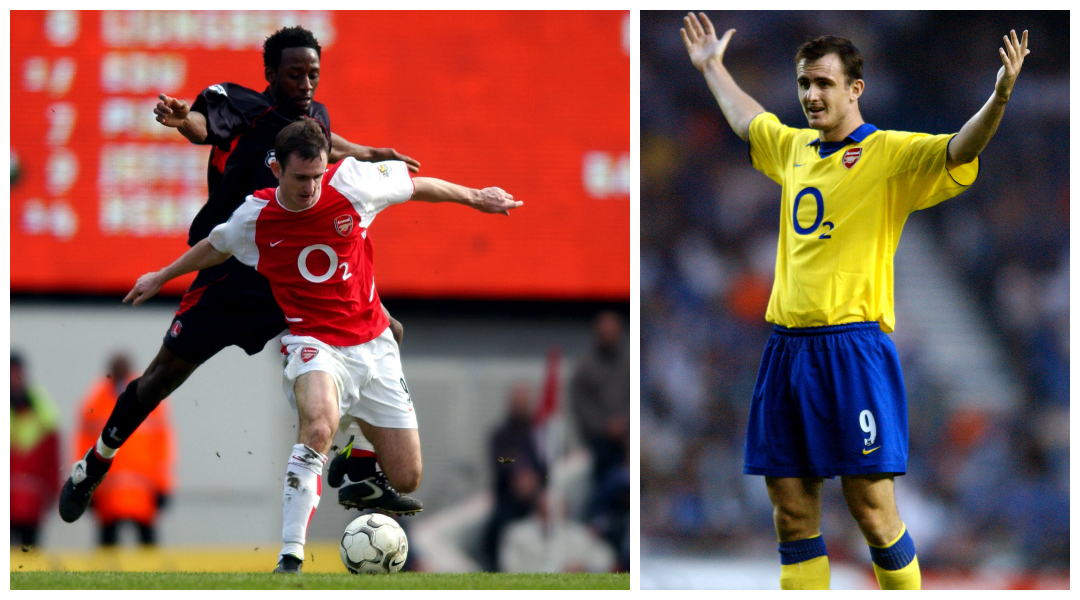
There was once a time when anything – well, lots of things – seemed possible for Franny Jeffers. His goals for Everton’s senior side and the England under-21s (for whom he bagged a record-equalling 13 in 16) led to a crazed swoop from one Arsene Wenger – whom Jeffers will forever have to thank for his ironic association with a certain tag involving predatory mammals and penalty areas. It was an experience which left Wenger so traumatised that, Richard Wright aside, he didn’t spend a penny on another Englishman until Theo Walcott came a-calling half a decade later.
As we know all too well, the burden of capital’s gold-paved streets proved too much for the wide-eyed (and wide-eared) 20-year-old, and after a two seasons largely blunted by much injury and even more ineptitude, Jeffers was packed up and sent back to Goodison Park. Jeffers’ troubles didn’t just affect his time at Arsenal; they also signalled the beginning of the end for his top-level career at large. His scoring ratio dropped from one goal every three games before Highbury to one in nine thereafter, in an itinerant career which has taken him to such far flung wildernesses as Malta, Motherwell and Accrington.
Alan Smith (Leeds United to Manchester United, £7m, 2004)
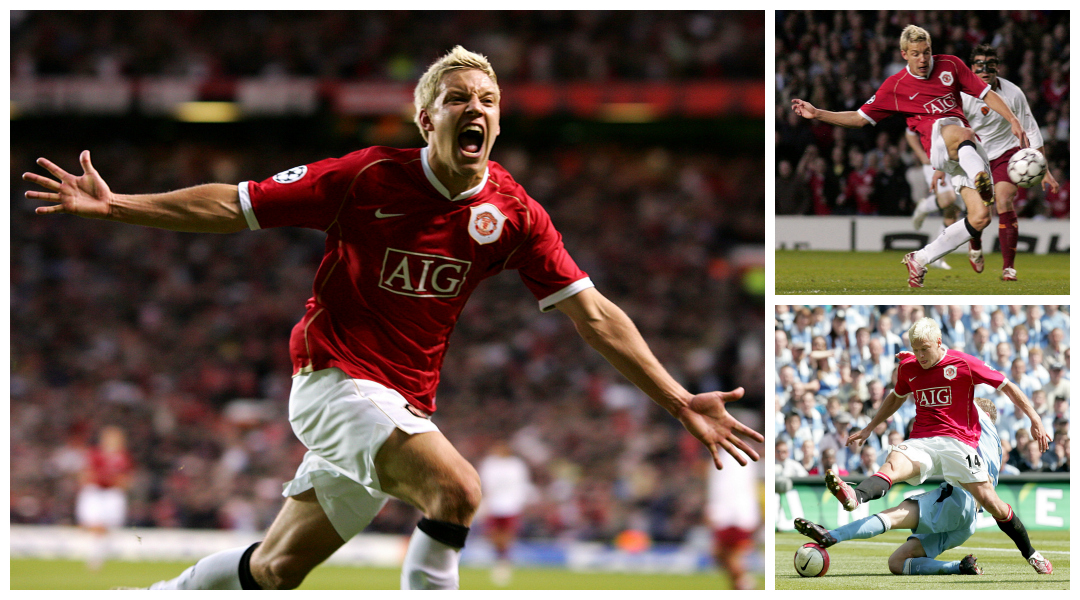
A born and bred West Yorkshireman, Smith was the local-lad poster-boy of Leeds United’s golden generation for whom so much was hoped, but after a promise-steeped start, his career has largely been defined by misery and decline at both personal and club level.
After his Leeds side were brought tumbling to earth by the Icarus-like ambitions of Peter Ridsdale – and after being carried by fans from the Elland Road pitch after the club's eventual relegation – Smith promptly did one to their most detested and successful rivals.
Only 23, and a bustling, imposing striker, the received wisdom was that – not for the first time – Alex Ferguson had raided Leeds for a talisman and gotten himself quite the bargain. In the event, Smith has scored more than one league goal in exactly one of the 11 seasons since his move to United, his legacy at Old Trafford being to join the likes of Liam Miller and Eric Djemba-Djemba on the list of plucky unfortunates to be handed the poison chalice of replacing Roy Keane as the seething, success-bringing sociopath at the heart of United's midfield. Was last seen being released by MK Dons at the end of last season.
Emile Heskey (Leicester City to Liverpool, £11m, 2000) and Peter Crouch (Southampton to Liverpool, £7m, 2005)

Nestled comfortably within the wide bracket of 'qualified success', Heskey and Crouch can be happily counted together for reasons of destination, contribution and achievement.
Both joined Liverpool from lower-profile top-flight sides, both gleaned trophies in their early days, and both left having done themselves reasonably proud.

But both, too – while largely decent during their time at Anfield – palpably demonstrated the psychological torment that can be brought on by a high-profile move: a confidence-shorn Crouch didn't find the net until his 19th outing, while Heskey, after a zestful beginning, more generally projected an aura of self-doubt.
Darren Bent (Charlton Athletic to Tottenham Hotspur, £16.5m, 2007)
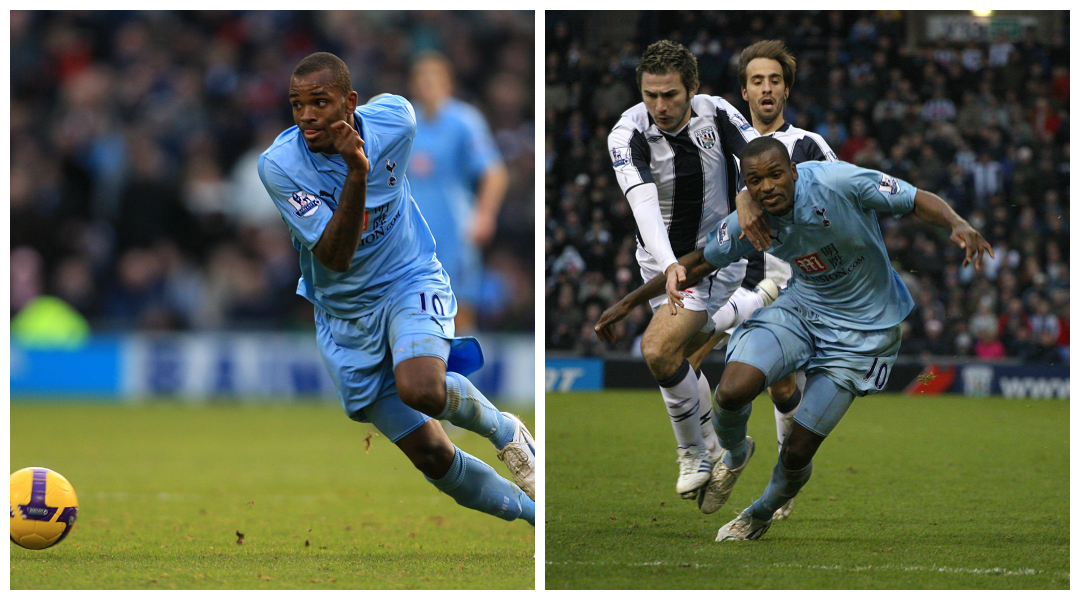
In the binary success/flop divide, Bent’s move to White Hart Lane would have to be bracketed in the latter category. But it’s fair to say that circumstance did for Bent at Spurs as much as his own failings.
Firstly, he was unlucky enough to switch to North London within a few days of Thierry Henry leaving the same area, and for a marginally greater price, which led to sneering comparisons from day one.
And Bent – a player custom-built for a lone-striker set up if there ever was one – was shoehorned into a 4-4-2 alongside one of Dimitar Berbatov, Robbie Keane or Jermain Defoe (when he even got a game).
Alas, Bent was dispatched up to Sunderland after two underwhelming seasons. The enduring memory of his time at Spurs is of his finishing skills being unfavourably compared to Sandra Redknapp's.
Andy Carroll (Newcastle to Liverpool, £35m, 2011)
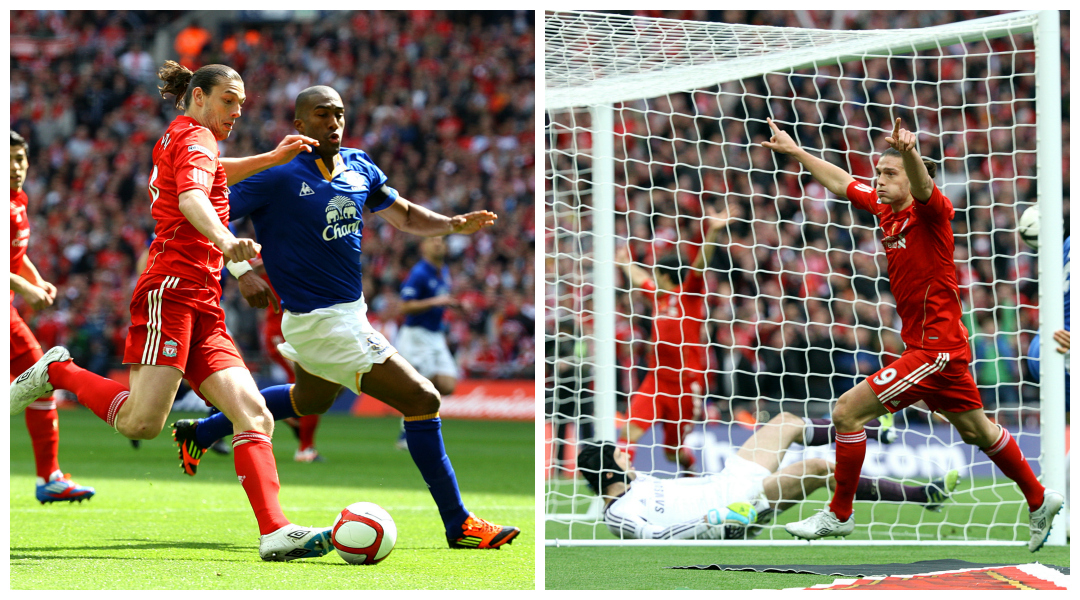
The ultimate modern-era caution against the big-money move. The eye-clawing absurdity of Carroll’s £35m transfer fee renders his case rather different to most, but he nonetheless had to cope with the steep hike in scrutiny and expectation that is part of the deal when you make a high-profile move.
One of the few exceptions to Carroll’s utter haplessness at Liverpool was a 45-minute cameo in the 2012 FA Cup final, in which he scored one, had another deemed not to have crossed the line, and generally imbued Liverpool fans everywhere that Anfield had, after all, made itself the home to Alan Shearer Mk II.
But alas, the enduring image of Carroll’s Liverpool career is not a towering header of rampaging run, but instead his capacity to turn falling on his arse into an art form.

Rickie Lambert (Southampton to Liverpool, £4m, 2014)

Rickie Lambert’s last 12 months have acted as proof that real-life fairy tales don’t always end with the frog transforming magically into a dashing prince and whisking the princess away to his castle. Sometimes the frog remains sat miserably in the dugout in a luminous bib, watching Raheem Sterling toil away as a false nine, while a forlorn princess is left to worry about her about her end-of-season appraisal in Boston.
Those hoping for a modern-day Ian Wright when Lambert – penalty-taker and beetroot-manufacturer extraordinaire – secured a starry-eyed move to his hometown club were to be left disappointed.
As with most of Liverpool’s summer recruits, Lambert was quickly deemed to be substandard, ill-fitting, or indeed both, and rarely trusted to venture anywhere near a football pitch. A well-taken goal to secure a win at Villa Park will provide an image to adorn his mantelpiece but there’s no denying that Lambert has endured a rather bleak and unforgiving season on the sidelines, and is likely to be shifted in the coming weeks. The moral of this fairy tale: be careful what you wish for.
